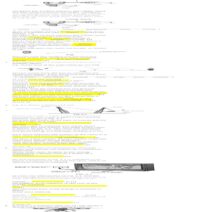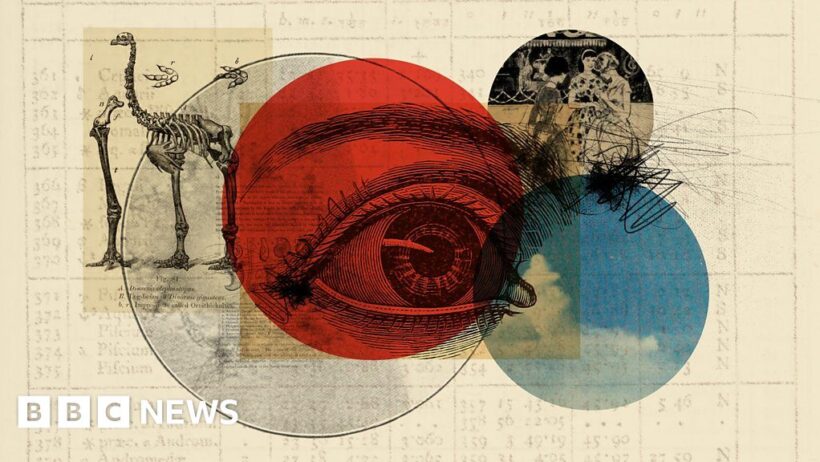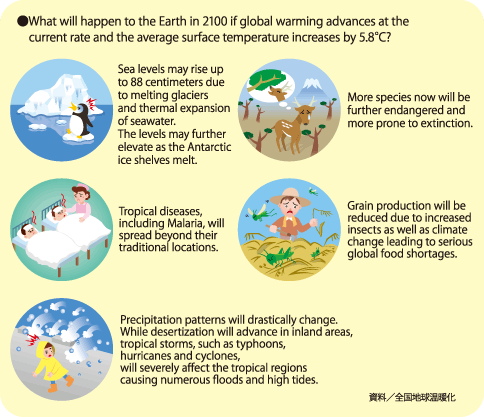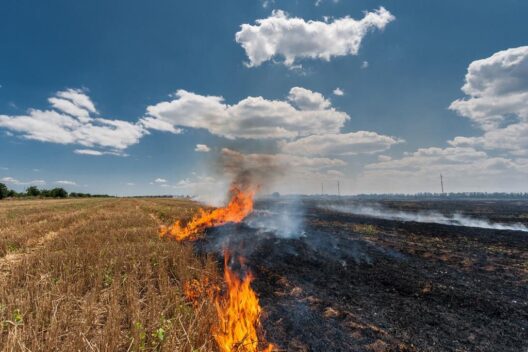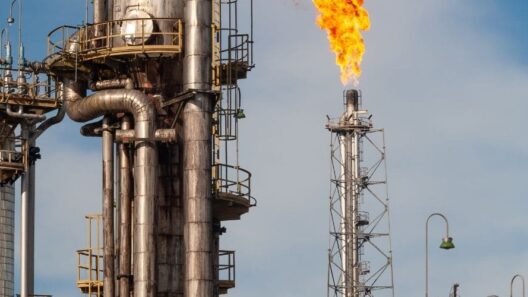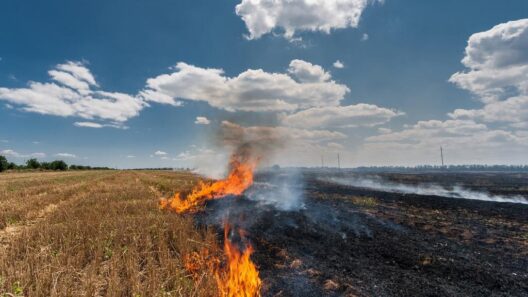Global warming, an insidious thread woven into the very fabric of our existence, poses a profound threat not just to biodiversity but also to humanity itself. It has often been likened to a slowly smoldering fire; at first, it merely warms the surroundings, but if left unchecked, it can engulf everything in its path. As scientific consensus strengthens around the catastrophic repercussions of climate change, the specter of human extinction raises a harrowing question: can global warming truly lead us to the brink of annihilation?
To understand this impending peril, one must first grasp the fundamental dynamism of Earth’s climate systems. A delicate interplay of natural forces has maintained equilibrium for millennia. However, anthropogenic pressures have disrupted this balance, unleashing a cascade of climatic alterations. The relentless rise in greenhouse gas emissions due to industrial activities, deforestation, and other human endeavors catalyzes this shift, creating an atmosphere akin to an overheated greenhouse, trapping warmth within.
In this metaphorical greenhouse, many species find themselves exiled from their habitats. The unique pull of evolution has forged intricate relationships among organisms within their ecosystems. However, as temperatures rise, habitats shift or vanish altogether, driving species toward extinction. The consequence of this biodiversity loss is striking, as ecosystems destabilize, resulting in a ripple effect that undermines food security, exacerbates disease transmission, and heightens natural disasters.
The multifaceted impacts of climate change extend beyond ecological boundaries, threading directly into human survival. Consider the agricultural sector—a cornerstone of civilization. Crops depend on specific climate conditions for growth. A slight increase in temperature, coupled with erratic weather patterns, translates into failed harvests. As food scarcity escalates, desperation spawns conflict and migration, birthing a cycle of human suffering that spirals into chaos.
The paradox of modernity encapsulates our reliance on fossil fuels for energy; while they fuel economies, they simultaneously propel us towards an abyss. Societies face critical junctures, choosing between unsustainable growth and cognizant stewardship of planetary resources. Yet, despite the alarm bells sounding across the scientific community, policy action often falls prey to inertia, caught in the snare of economic interests.
Rising sea levels—an often-foretold catastrophe—underscore the precariousness of coastal communities. Glaciers, once resilient sentinels of our planet, are now retreating, pouring into oceans and swelling their shores. Citadels of civilization are rendered vulnerable, and the specter of displacement looms large. This mass migration could trigger geopolitical tensions, perhaps igniting conflicts over resources, territory, and safety.
As the world grapples with the implications of global warming, the specter of extinction is not merely relegated to abstract discourse. The threat is visceral. Unprecedented heatwaves and erratic weather events result in human casualties, displaying the fragility of our species in the face of nature’s fury. Furthermore, emerging pathogens—emboldened by shifting climates—threaten global health. Systems already strained by limited resources cannot endure the onslaught of pandemics exacerbated by environmental changes.
Moreover, the intricate web of socio-economic disparities casts a long shadow over our ability to confront adversity. Vulnerable populations bear the brunt of climate impacts, often lacking the resources necessary to adapt or recover. This form of environmental injustice is a grim testament to the inequities that have pervaded societies for generations. As climate change amplifies existing vulnerabilities, the risk of social upheaval rises, challenging the very foundations of civilization.
Despite the daunting prognosis, there remains a flicker of hope. Technological innovation and sustainable practices pave the path towards an alternative future. Renewable energy—solar, wind, and hydro; they are not merely buzzwords but designed to emancipate humanity from the shackles of fossil fuel dependence. Reforestation and regenerative agriculture offer tantalizing glimpses of creating harmonious relationships with our planet. The transition requires not only collective will but also a paradigm shift in values—from consumerism to conservation.
As stewards of this Earth, our decisions today will echo through the annals of time. The future is precarious, teetering on the edge of survival or extinction. Education and awareness are indispensable in imparting knowledge about climate realities and fostering a sense of responsibility among individuals. Communities must mobilize, advocates must rise, and policies must reflect a commitment to safeguarding the delicate balance of life.
The question lingers: can global warming lead to human extinction? The answer hinges on the choices made in this crucial moment in history. The flames of our smoldering reality could give rise to a fiery apocalypse, or they could serve as the crucible for revolutionary change. Embracing sustainability and forging resilient communities may yet steer humanity away from the precipice, allowing for a future that honors the intricate tapestry of life.
In essence, the narrative of global warming is not just a tale of destruction but also of resilience and potential rebirth. As entities of reason and ecology, humans have the capacity to rise to the challenge, crafting a legacy that would leave the planet in a better state than it inherited. The fate of our civilization lies not merely in the hands of climate but in the radical reimagining of our relationship with the Earth. A mere flicker can ignite a conflagration of change, and it is this fire that can illuminate paths towards redemption. The time to act is not tomorrow, but now.

